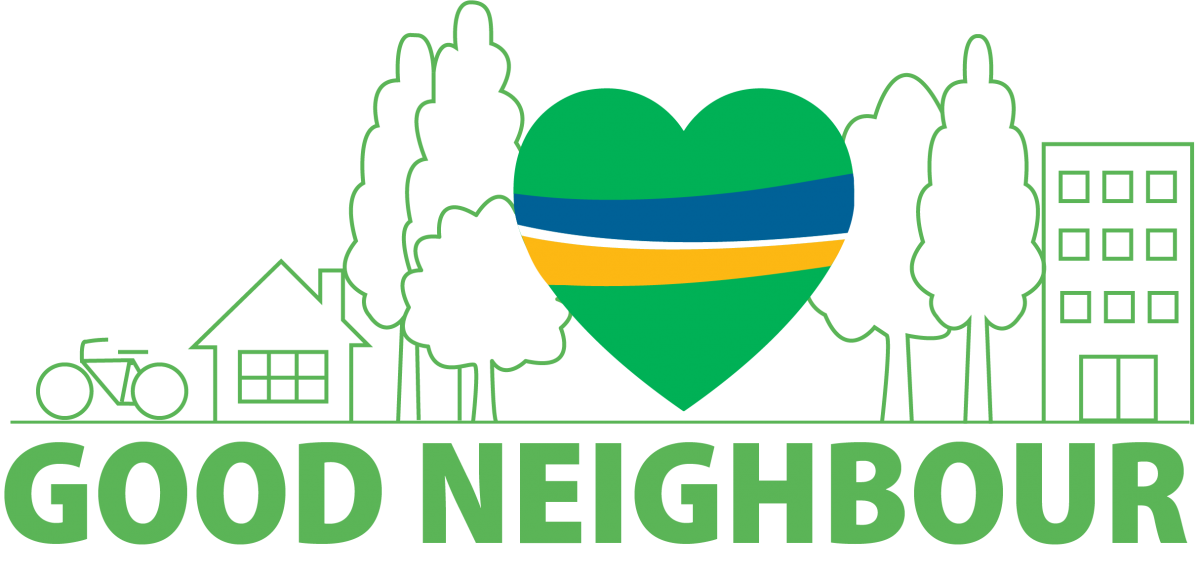Hey Good Neighbour, thanks for stopping by! 
Colwood’s Good Neighbour program is a resident-led effort to help neighbours connect and support one another, and to build a resilient neighbourhood. This is achieved by encouraging residents to get to know each other, largely through activities organized by you, a Neighbourhood Program leader.
Below is a collection of activity ideas you can do (safely) with your neighbours that will support individual and community well-being. Some activities may require additional approvals.
- Create a “Neighbourhood Climate Plan” - climate change can seem like a problem too big for anyone to tackle. You may wonder, “How can my actions, as one individual, really make a difference?” While personal choices can have positive impacts, change really happens with a shift in behaviours of the collective – be it a nation, region, city block, or multi-unit building. Get together with your neighbours and devise a Neighbourhood Climate Plan! (See sample here)
- Collect rainwater with your neighbours - form a system for collecting, storing and sharing rainwater. Climate change is leading to less predictable seasons, and collecting rainwater is one way we can prepare for the unknown, be adaptable, and keep our gardens healthy. Visit crd.bc.ca
- Share solar panels purchase and installation - this could be a long-term goal for your neighbourhood, with several households cutting the cost of solar panels by buying in bulk, and sharing the needed tools and skills. Work together to replace those natural gas-fired furnaces and fireplaces with heat pumps. For more information, click here.
- Plant a pollinator corridor - pollinating insects are critical to the health of our local ecosystems. In turn, these insects depend on our gardens for food and shelter. Get together with neighbours to build a corridor of plants that pollinators love! Visit Pollinator.org and DavidSuzuki.org for pollinator tips.
- Construct a communal compost - identify a spot on your block to build a compost bin for you and your neighbours to use. Share the maintenance and the harvested compost for your gardens. Visit Compost.BC.ca for composting tips.
- Identify Routes for Walking, Cycling - work with your neighbours to identify the routes and trails that would encourage walking and cycling for commuting to work and school. What routes would connect your neighbourhood with the rest of the community without relying on vehicles? Let Council know your recommendations. Click here to learn more about active transportation in Colwood.
- Cut Use of Fossil Fuels for Heating - explore energy-saving rebates for upgrading home heating, electrical and hot water systems. Discuss together with your neighbours to select the improvements that work for you. Together explore CRD’s “Bring It Home 4 the Climate” program. Arrange for discounted EnerGuide Home Evaluations for those who may be interested on your street. Discuss and compare options. Visit Colwood.ca/EnvironmentalSustainability and crd.bc.ca for more information
- Upgrade to Electric Vehicles - locate neighbours who may be interested in purchasing an EV in the coming few years and explore the options together. Watch the video: “Electric Vehicles Save You Money.” Divide the research tasks and share results together. Is there an option for cost savings with buying two or more vehicles from the same supplier? Visit crd.bc.ca to learn more about climate action.
- Help Students Walk and Cycle to School - find out if your school participates in Walk and Wheel to School Week, a kick-start campaign held in schools during the first week of October, to encourage year-round active school travel across the region. What can you and your neighbours do to help promote walking and cycling to school?
- Flood-Proof Your Street - work with your neighbours to map your neighbourhood for vulnerabilities to heavy rainfall and flooding due to climate change. These include a lack of tree canopy, too much asphalt, and extensive hardscape that could lead to flash floods. Then you can start to mitigate these risks with actions such as replacing your lawn with a rain garden (a shallow garden that slows and captures storm water) to capture rain that would otherwise flood nearby properties. Visit this link for more information.
- Expand the Urban Forest - work with neighbours to prepare a map of your neighbourhood showing the trees and where additional trees might be appropriate. Measure the trunk size of the biggest and smallest trees, and estimate the distance between trees. Consider planting more trees where the canopies are farther than 2 meters apart. Click here for tips.




